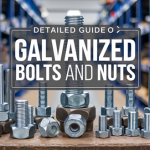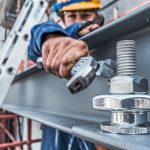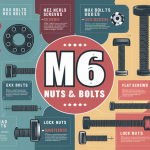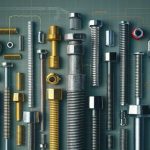Introduction
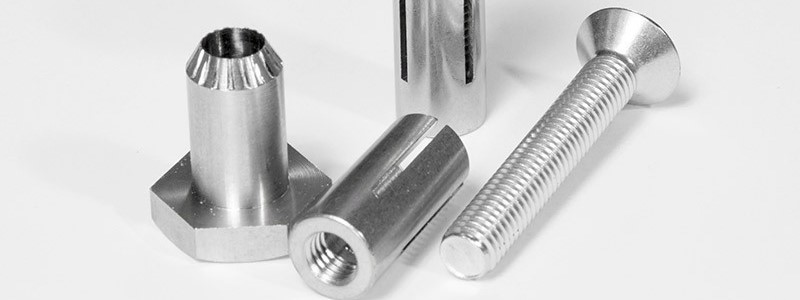
As innovations in threaded bolts rapidly transform fastening technology, they have emerged as one of the defining pieces in construction and manufacturing projects around the globe. From their humble appearances, these simple tools have undergone an incredible change. It has evolved from modest tools into tricky components capable of revolutionizing construction projects, infrastructure upgrades, and manufacturing facilities. Let us discover some cutting-edge innovations driving threaded bolts’ evolution.
Innovations and Trends in Threaded Bolts in Fastener Technology
There have been a lot of trends in the developing technology of Threaded Bolts. The following are the upcoming trends:
1. Use of New Alloys for Fasteners
When it comes to future advancements many experts are presently trying new alloys for making bolts. These newer alloys aid in enhancing the properties and functions of fasteners in severe atmospheres. Also, the new alternatives developed from new alloys can be made superconducting or ultra-light without giving up on strength.
2. Cold Forming Technology
Cold forming is a cost-effective technique for creating high-strength bolts. This procedure involves shaping metal at room temperature, resulting in improved mechanical properties and reduced material waste. Threaded bar manufacturers are using cold-forming technology to meet the request for high-performance fasteners in several industries.
3. Miniature Fastener Types and Styles
This is one of the largest innovations as far as fastening technology development is concerned. Nowadays, designs are getting compact and thus they need less space. This in turn decreases the area required to install hardware, which has led to the growth of miniature bolt styles and kinds.
Miniature Fasteners are of good help in a wide range of industries, from electronics to aerospace. In certain applications, it is used in ultra-thin metal sheets, which require threads. These fasteners are a great choice if you are looking for a reusable, permanent, and tough-threaded solution.
4. Small Screw Insertion
Two things are securely kept together using a screw. In an assembly, various issues arise if the screws are left loose and not tightly fitting. Small screws hand-installed into the traditional semi-automated power fastening tools takes time. This reduces production, therefore raising expenses. The seating torque cannot be obtained using the traditional techniques used for screw installation. Therefore, different trends in the systems have been come up to solve this issue. The discoveries and upgrades provide accurate and fast tiny screw insertion.
5. Installing Fasteners During the Stamping Process
There has been one more advancement in fastening technology that is the process of installing fasteners during the stamping process. This portable system works along with the stamping press to help install the fasteners. One of the major advantages of this system is that all the secondary operations for inserting fasteners are eliminated.
6. Robotic Fastener Assembly
Automation and robots are changing fastener assembly. Robotic devices with enhanced clutching and computer vision provide fastener installation accuracy. This increases assembly speed and decreases human errors, improving product quality.
7. Sensor Networks
Fixed sensors transmit stress, temperature and other data for real-time monitoring and predictive maintenance of bolted structures such as bolts forming an information network relaying vital details necessary for keeping everything secure.
8. Digital Twins
A digital twin of an Innovations in Threaded Bolts is a virtual replica of the physical bolt, which copies its, performance, and characteristics in real-time. This digital replica can be used to check the bolt’s condition and performance remotely, fake the bolt’s style under various loads and stressors. It further boost the bolt’s design and material for upgraded performance.
Read Also: Threaded Bars in Construction: Their Versatility
9. Self-contained in-die fastening systems
Die fastening systems are a potential new way to add fasteners during stamping. These portable devices combine with a stamping press and appropriately tooled die to load and attach tight fixings. Since the system can fastener-install in the die simultaneously, users may boost production, quality, and funds and get a competitive benefit.
10. Carbon fiber threaded bolts
Carbon fiber threaded bolts are incredibly strong and lightweight, making them ideal for applications where weight and strength are important aspects.
The Future of Fastening Technology
In conclusion, the Innovations in Threaded Bolts of technology is focused on sustainability. With a rising issue for the environment, there is a push towards emerging fasteners that are more eco-friendly and can be recycled. This not only benefits the planet but also helps companies meet their goals. As the fastening industry progresses, it is exciting to see how all the above trends will shape the way we attach and safeguard the materials. Companies like; Threaded Bolt Manufacturers that stay ahead of the curve and embrace these developments will certainly see a competitive edge and success in the industry.
FAQs:
1. Are all bolts alike?
Bolts come in various shapes, sizes, materials and strengths – selecting one for your build.
2. What are the differences between hex bolts and socket head bolts?
As with anything, tightening bolts requires skill. Wrenches work better for tightening Hex bolts than Allen wrenches do for socket heads. Both types provide ease of access in tight places. Hex bolts tend to be easily found while socket heads offer better access in more challenging circumstances.
3. How tight should I tighten a bolt?
Too tight can damage it while too loose can create wobbly results. Use a torque wrench for precise tightening according to each bolt’s specifications – like finding that perfect volume on your radio!
4. Can I paint over the bolts?
Yes, but be sure to choose paint compatible with the material of the bolt. And avoid covering threads or contact surfaces with it. Painting may add decorative flair but functionality should come first!
5. What can I do with old bolts?
Many hardware stores or recycling centers accept metal bolts. For other materials, please consult local waste disposal guidelines to be responsible builders while helping our planet remain healthy!
6. What type of bolt do you consider the coolest?
From U-bolts for round objects and toggle bolts for hollow walls. To various other options – each type serves a unique function! Explore all available choices.
7. Are There Extra Strong Bolts Available?
Absolutely! Bolts are graded according to strength, with higher-grade bolts like 8.8 being capable of bearing heavier loads. Think of them like tiny superheroes with different levels of strength!
8. Where can I obtain more information on bolts?
Online resources, technical manuals and experienced builders or professionals all serve as sources of insight into this specialized subject area.
Read Also:

